Discover the latest updates and insights into one of football’s most iconic venues, Anfield, as we break down the lineup, layout, and future plans of this legendary stadium. Known for its rich history and passionate fanbase, Anfield holds a special place in the heart of Liverpool Football Club. From the current lineup of stars to the historic stands that have witnessed countless victories, this article delves into the details of Anfield’s seating plan, expansion projects, and the reasons behind Everton’s move from this iconic venue. Whether you’re a die-hard supporter or a football enthusiast, this comprehensive guide offers a deeper understanding of Anfield’s past, present, and future.

Who is the 11th player in Liverpool’s current squad?
Liverpool’s starting lineup typically features 11 key players in a 4-3-3 formation. Here is a breakdown of the 11th player:
- Goalkeeper: Alisson Becker
- Center-back: Virgil van Dijk
- Full-back: Andrew Robertson
- Right-back: Trent Alexander-Arnold
- Midfielder: Jordan Henderson
- Midfielder: Thiago Alcantara
- Forward: Roberto Firmino
- Forward: Sadio Mane
- Midfielder: Alexis MacAllister
- Attacker: Moises Caicedo
- Winger: Divock Origi
Moisés Caicedo is currently the 11th player in Liverpool’s starting lineup, playing as a versatile attacking midfielder.
What are the 4 stands at Anfield called?
The four stands at Anfield, the home of Liverpool FC, are known by the following names:
- The Kop Stand : This is the main stand where the majority of Liverpool fans gather to watch matches.
- The Centenary Stand : Named to commemorate the centennial anniversary of the club’s founding.
- The Heighes Stand : Named after Jimmy Heighes, a former player and manager who made significant contributions to the club.
- The Shankly Stand : Honoring Bill Shankly, a legendary manager who significantly impacted the club’s history.
These stands are integral parts of the Anfield experience, each serving a unique purpose and reflecting the rich heritage of Liverpool Football Club.
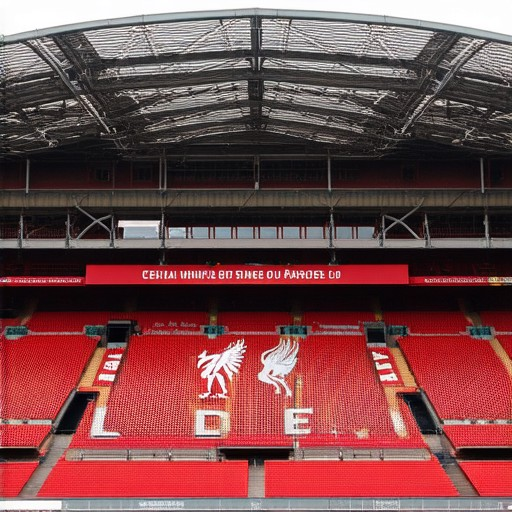
What is Liverpool’s Best Lineup?
Liverpool’s best lineup typically features a mix of star players who can dominate possession, create chances, and defend effectively. Here’s a breakdown of a likely starting XI:
- Goalkeeper: Alisson Becker
- Defensive Midfielder: Jordan Henderson
- Central Defender: Virgil van Dijk
- Right Back: Trent Alexander-Arnold
- Left Back: Andy Robertson
- Midfielder: Thiago Alcantara
- Forward: Mohamed Salah
- Striker: Divock Origi
This lineup balances defense and attack, with Van Dijk providing solid central defense, Henderson controlling the midfield, and Salah leading the charge upfront. Alisson ensures stability in goal, while Robertson and Alexander-Arnold provide width and attacking threat from the back.
Liverpool’s success often depends on their ability to retain possession and exploit set-pieces, which this lineup excels at. Their depth and flexibility allow Jurgen Klopp to adapt formations depending on opponents, making them a formidable side in any competition.
For more detailed insights into player performances and team dynamics, visit The Anfield Talk , where fans discuss everything about Liverpool FC.
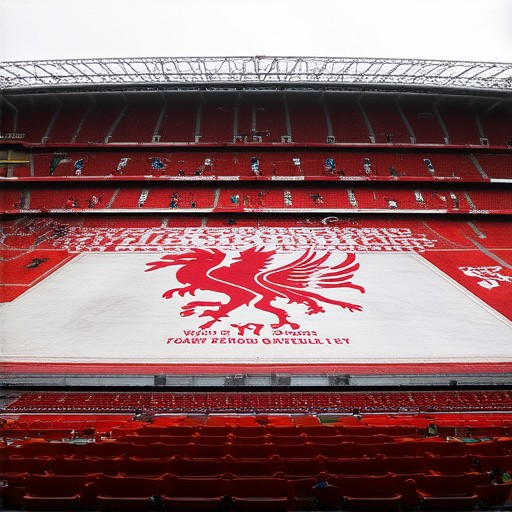
Will Anfield be Expanded Further?
As of now, there are no confirmed plans for further expansion of Anfield, Liverpool’s iconic football stadium. The primary focus remains on completing the Anfield Road Stand development, which is expected to enhance facilities and supporter experiences without altering the overall capacity.
Reasons for Limited Expansion
- Current Priorities : The club is fully committed to finishing the Anfield Road Stand, ensuring the project meets its goals without disrupting the existing structure.
- Financial Considerations : Expanding Anfield requires significant investment, and the club is prioritizing cost-effectiveness while maintaining high standards.
- Fan Experience : The proposed changes aim to improve the matchday experience without increasing capacity, focusing instead on enhancing comfort and accessibility.
- Legacy Protection : Preserving the historic character of Anfield is crucial, aligning with the club’s commitment to heritage and tradition.
Alternative Expansion Methods
If future expansion were considered, options could include:- Temporary Structures : Adding temporary seating during peak demand without permanent changes.- Incremental Growth : Increasing capacity through smaller, phased expansions rather than large-scale projects.
Anfield’s legacy as a revered venue continues to guide decisions, ensuring it remains a cornerstone of football history. The club’s strategy reflects a balance between modernization and preserving the essence of one of the world’s most famous stadiums.
How Much Will Anfield Expansion Cost?
The estimated cost of the Anfield Stadium expansion is approximately £114 million . This project includes significant upgrades to both the Main Stand and the Anfield Road Stand. Specifically:
- Main Stand : £75 million
- Anfield Road Stand : £80 million
The funds for this expansion have been secured through a combination of club revenues, commercial partnerships, and loans. The purpose of the expansion is to increase the stadium’s capacity to better accommodate Liverpool FC’s growing fanbase and enhance the overall matchday experience for supporters.
This initiative aligns with Liverpool FC’s long-term vision to establish Anfield as a world-class football destination, ensuring the stadium remains a cornerstone of the club’s identity for years to come.
For more detailed insights and updates on the Anfield expansion, visit The Anfield Talk .
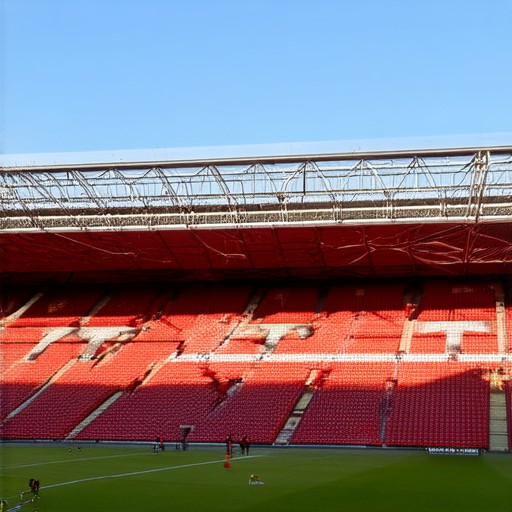
Why Did Everton Move from Anfield?
Everton Football Club moved from Anfield due to a financial dispute involving the then-president of the club, John Houlding, who owned the stadium. The disagreement centered around rent issues, leading to Everton seeking a new venue.
- The club relocated to Goodison Park, which became their new home.
- Anfield was left empty after Everton’s departure, as the majority of the fans followed the team to the new location.
- This move marked a significant chapter in Everton’s history, as they built a new identity at Goodison Park.
The decision to move was driven by the need for better control over matchday operations and improved facilities, reflecting the evolving needs of a professional football club.
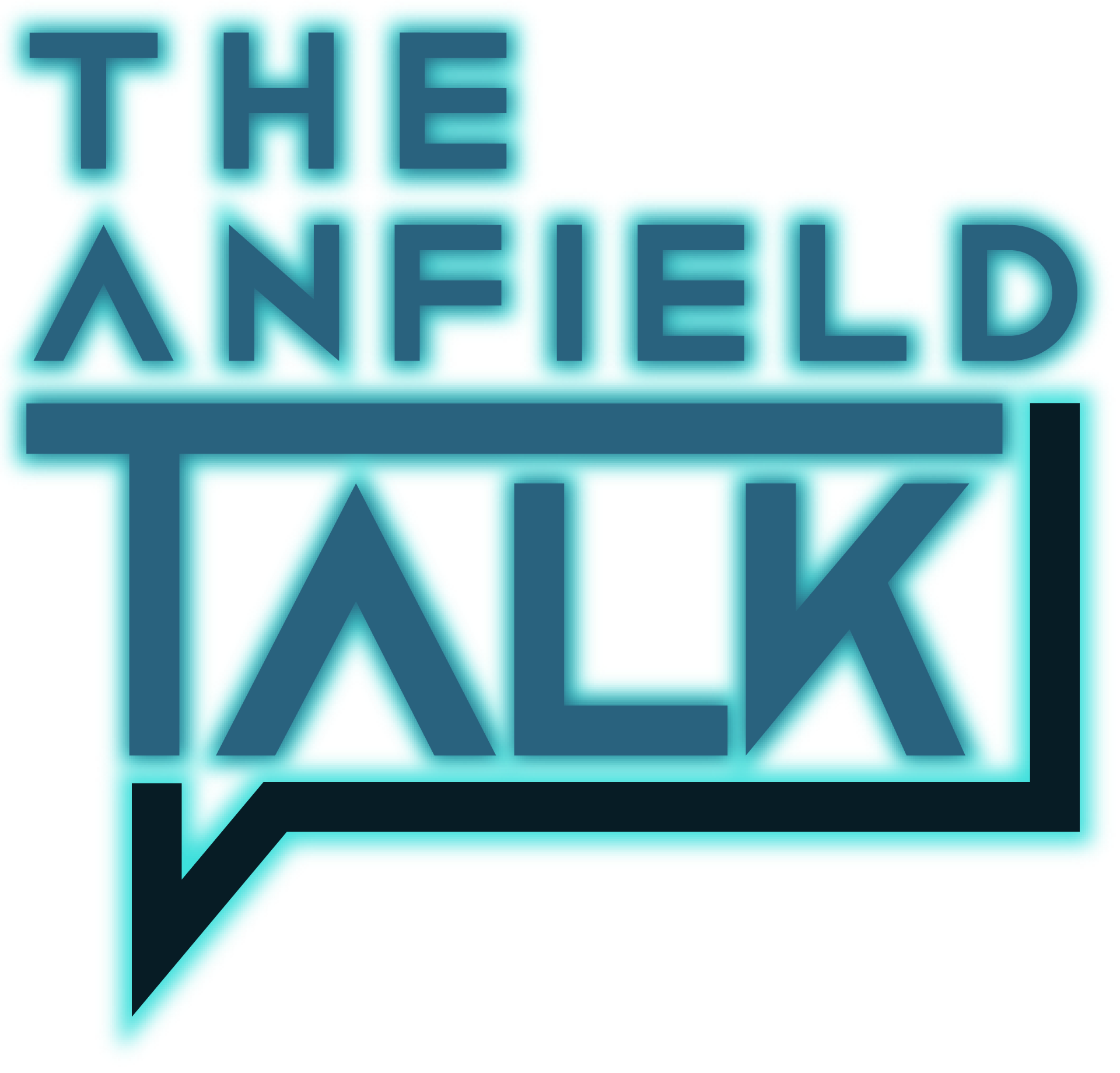
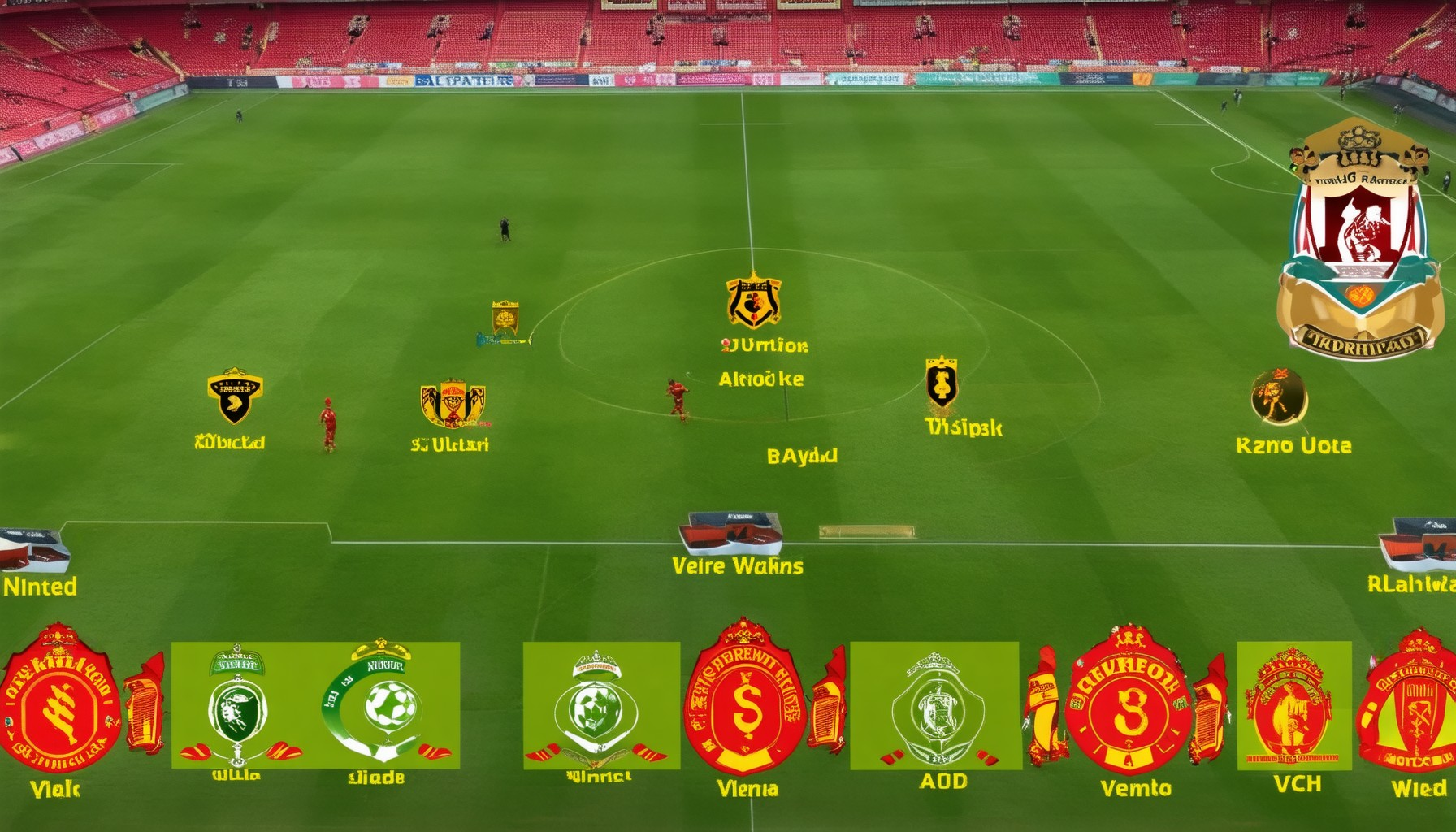



0 Comments